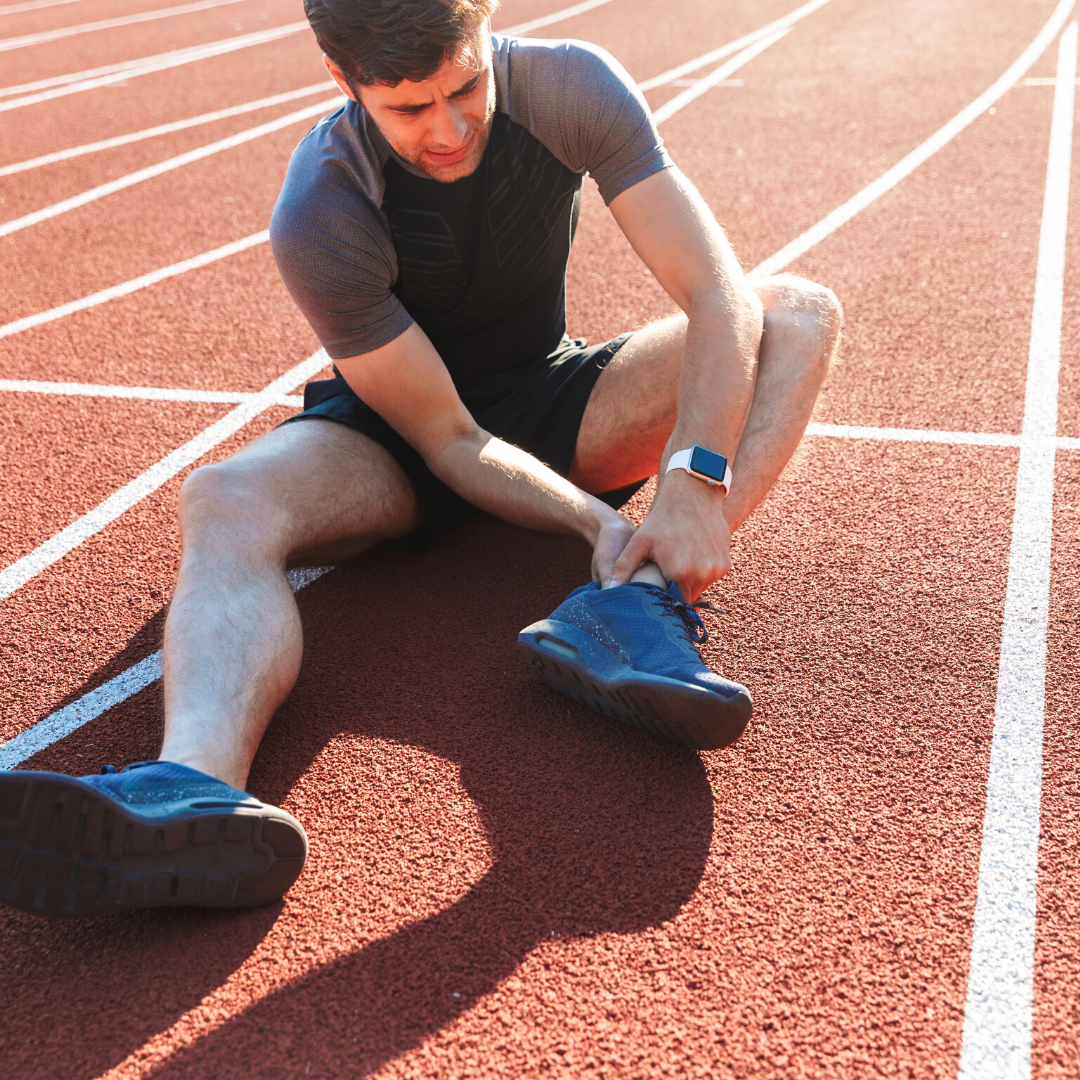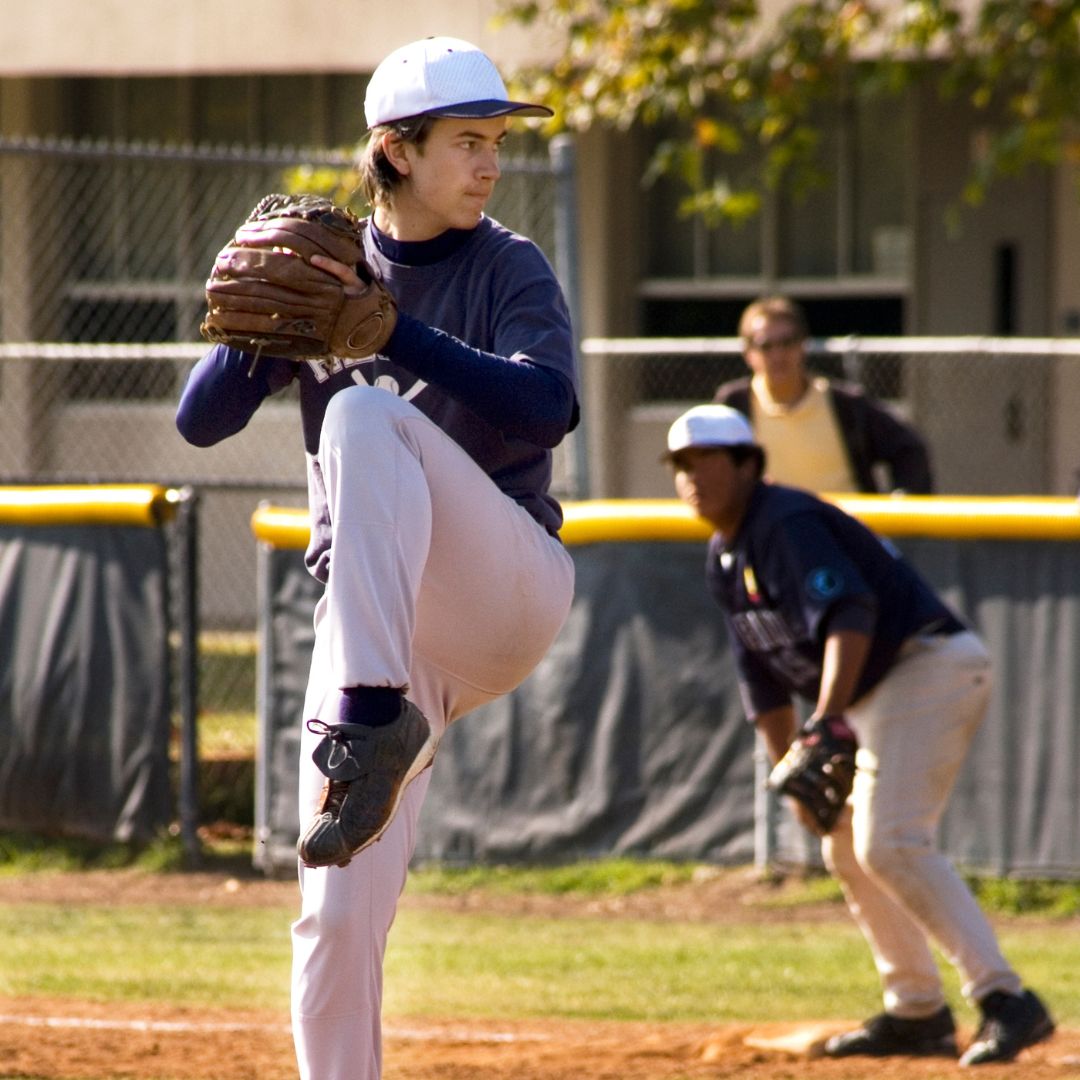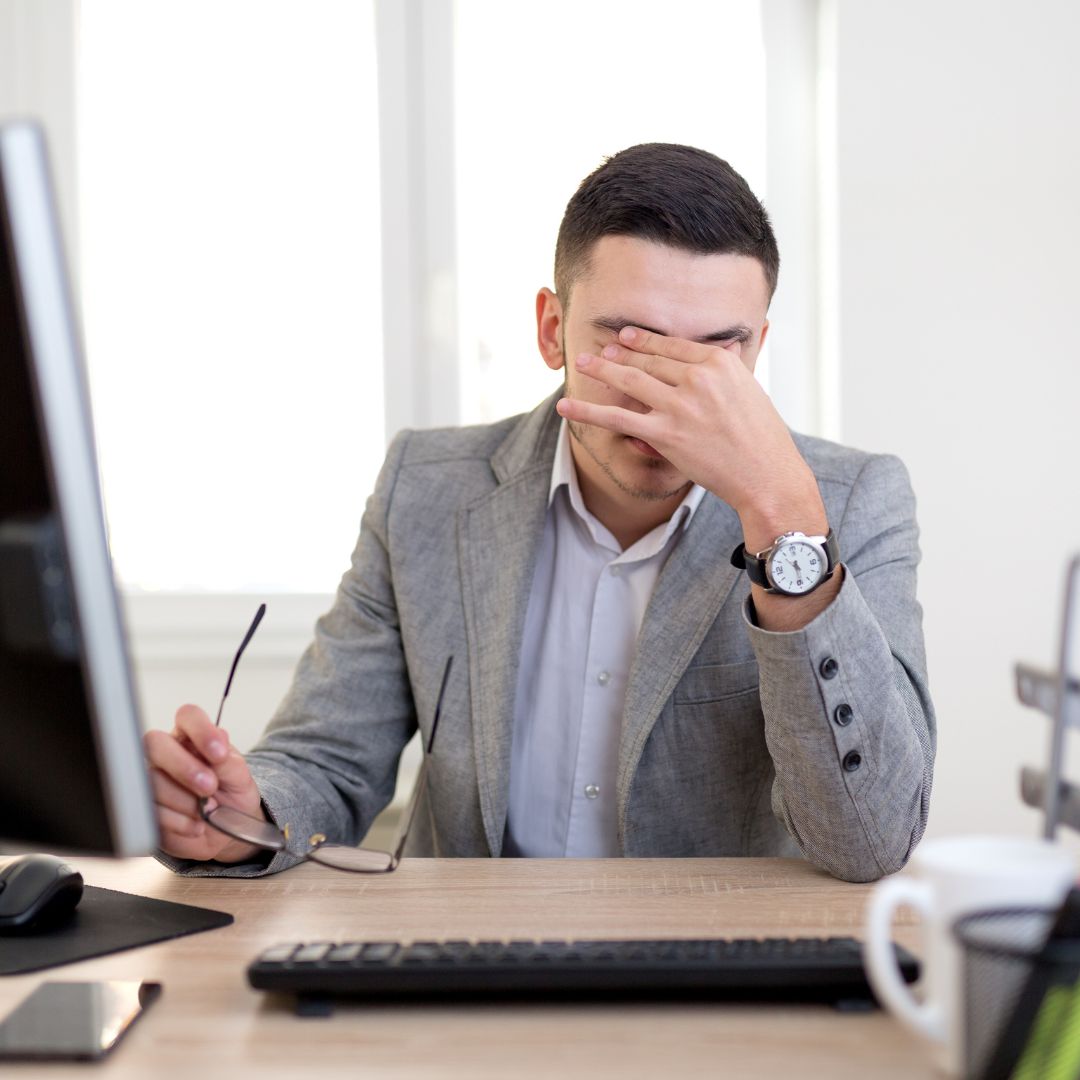Our physical therapists at Block Sports Chiropractic & Physical Therapy have created an injury prevention protocol that consists of 10 strengthening exercises for runners in Smithtown, NY, or anywhere! As the weather begins to improve and temperatures rise, outdoor activities such as running become more popular. It is important to begin preparing and building strength prior to increasing activity. For example, if you have been relatively sedentary all winter/spring, and return to running 3 miles without preparation, you are setting your body up for failure and injury.
The protocol posted with this blog focuses on core and lower body strengthening, but it is essential to also integrate postural and shoulder strengthening. Proper posture allows the body to remain erect and allows the lungs to work efficiently. With a hunched over posture, the lungs and ribcage cannot fully expand, and therefore your efficiency and stamina will decrease. Therefore, strengthening the BOTH upper body and lower body will create the fastest and longest runner.
The following are exercises for runners focusing on core and lower body. Attached are explanations of the exercises; what muscle groups they work, how to perform and common mistakes to avoid.
“Short Foot” or “Foot Pushups”
-
- Muscle group: Foot intrinsics
- Why: Foot intrinsics are your first defense as your foot hits the ground. They are responsible for absorbing the ground and using that energy to provide a strong push-off.
- How to perform: While standing, make sure the pressure under the big toe, pinky and heel are even. While maintaining this pressure, try to bring the toes toward the heel creating an arch/bridge; it will be as if you are trying to “shorten your foot.”
-
- Common mistakes to avoid:
- Several people try to curl the toes to gain motion. Keep the toes as flat on the ground as you can.
- Additionally, do not shift weight to the outside or inside of your foot. You want to maintain pressure evenly throughout the outside and inside of the foot.
- Common mistakes to avoid:
Soleus Calf Raise
-
- Muscle group: Soleus and foot intrinsics
- Why: There are two major muscles in the calf – the gastrocnemius (gastroc) and soleus. More often than not, the gastroc is strengthened by performing calf raises with knee straight. However, when you hit the ground during running, the knee is slightly bent – recruiting the soleus more than the gastroc. Therefore, it is important to strengthen this muscle.
- How to perform: Similar to a typical calf raise, this exercise is performed with knees bent – bend knees about 30-45 degrees and lift up onto toes.
-
- Common mistakes to avoid:
- Try not to let knees fall in toward one another. You want to maintain knees shoulder width apart
- Maintain equal weight throughout the base of your toes – do not rock on outside of the foot.
- Common mistakes to avoid:
Single Leg Stance (and variations)
-
- Muscle group: Core stabilizers from the foot up to the trunk; foot intrinsics, calf, quads, hamstrings, glutes and abdominals
- Why: Each time the leg hits the ground when running, it is essentially performing a single leg stance. The more stable this is, the safer your landing will be. Additionally, with proper landing, you will have a stronger push off to improve your overall speed and power.
- How to perform: Engage your core, buttock and foot. While maintaining this contraction, lift up one leg and hold it for ~10seconds or more. If this is easy, you can grab a weight or household item in one hand and move it to create some added challenges. Additionally, you can perform this while standing on a foam mat, yoga mat or pillow (be safe!) to add an unstable surface challenge.
-
- Common mistakes to avoid:
- Many people forget to engage their feet and buttock. With this, the knee will cave in and leave you knee at risk
- Common mistakes to avoid:
Single Leg RDL
-
- Muscle group: mostly glutes and hamstrings; however, also gets abdominals, obliques, lumbar extensors and traps
- Why: As stated above, running is primarily a single leg task – landing and exploding. The single leg RDL targets the glutes and hamstrings during a single leg balancing task. These muscles allow for ideal push off and stabilization throughout the running process.
- How to perform: Begin by standing tall in a single leg stance (as explained above). While keeping the right leg on the ground, hinge at the hips to bring the left leg behind you and bring the left arm forward toward the ground. You want to maintain a straight back, even pelvis and straight left leg. The right leg can maintain a slight bend in the knee throughout the motion. Reach as far toward the ground as you can, and squeeze glut to return to standing position.
-
- Common mistakes to avoid:
- Oftentimes, the stance knee will bend too much. You want to keep only a 20-30degree micro-bend.
- Additionally, the pelvis will open often up one way or the other. You want to keep hips parallel to the ground throughout the entire motion. If you have to touch your foot down to regain balance, that is ok.
- Common mistakes to avoid:
Psoas Strengthening
-
- Muscle group: Psoas of moving leg, gluts/stabilizers of stance leg
- Why: When we run, our hips have to go into what we call hip flexion to take the next step. The primary muscle involved is the psoas. If the hip cannot lift up high enough, we do not land right, which can contribute to injury.
- How to perform: Start standing with a band around the balls of your feet. Lift the right leg up to 90deg while keeping your knee bent at 90 degrees. Hold a few seconds and slowly lower your leg back to the ground. You want to maintain a strong single leg stance on the left leg. Additionally, you want to keep toes pointed straight and knee even with the shoulder on both legs.
-
- Common mistakes to avoid:
- Sometimes, people will perform this exercise by rotating the leg outward. You want to keep your knee in line with your shoulder.
- Additionally, people will drop the pelvis – you want to maintain a level pelvis throughout the entire motion.
- Common mistakes to avoid:
Step Ups
-
- Muscle group: Quadriceps, hamstrings and glutes
- Why: A step up is a similar motion to running – front leg comes up into a stepping pattern while the back leg stabilizes and then propels you forward.
- How to perform: Start facing a step. Lift right leg forward onto step and explode upward to bring left onto step as well. Step down while keeping the right leg on the step. When lowering back down, go down slowly and do not let the right leg cave in. Perform on left.
-
- Common mistakes to avoid:
- Many people will again drop their pelvis during the stepping or lowering motions.
- Additionally, many people will let the stance leg cave in – which puts bad torque on the knee and can contribute to injury.
- Do not lower too fast and let your leg slam into the ground either.
- Common mistakes to avoid:
Hip Hikes
-
- Muscle group: Gluteus Medius (hip abductors)
- Why: Whenever you land during running, the pelvis wants to remain level. If the pelvis drops, we call in Trendelenburg. This poor positioning of the pelvis can contribute to hip and IT band injuries, as well as knee injury if severe enough. Therefore, it is important to strengthen the hip abductors to be able to maintain proper pelvic positioning.
- How to perform: Begin standing at wall with right side resting on a ball against the wall. Keeping a strong left leg, lift the right hip to raise the toe a few inches off the ground – try to move the ball upward with hip. Slowly lower back down. You will feel the burn on the outside of the right buttock/hip. Perform on both sides.
-
- Common mistakes to avoid:
- A large number of people will rotate their trunk forward and flex the hip during this movement. You want to maintain the trunk perfectly perpendicular to the wall.
- Additionally, a common mistake will be that people will bend the leg against the wall to gain hip motion. The leg closest to the wall does not move or flex.
- Common mistakes to avoid:
Glute Extensions
-
- Muscle group: Gluteus Maximus
- Why: In order to propel ourselves forward in running, the hip must go into proper extension and be strong doing so. The muscle group responsible for this is the glutes.
- How to perform: Start with a band around your ankles. Slightly bend the right leg to stabilize. Trying to keep the left leg as straight as you can and extend it back behind you.
-
- Common mistakes to avoid:
- Many people will overcompensate and try to flex their trunk to gain motion at the hip.
- Additionally, they will bend the knee to gain motion. You want to maintain a tall and straight posture throughout the entire movement.
- Common mistakes to avoid:
Planks
-
- Muscle group: Abdominals
- Why: Our core is built to be a stable/static muscle group. During running, the core prevents too much trunk rotation and maintains a solid base while our arms and legs move us forward. Therefore, it is important to strengthen the core as a stabilizer.
- How to perform: Start by lying on your stomach. Bring forearms onto the ground. While squeezing the buttock and core, lift your body up off the ground to create a straight line from your shoulders to your feet. Hold for as long as you can while maintaining proper positioning.
-
- Common mistakes to avoid:
- Commonly, people arch their backs and over recruit their back extensors to maintain the plank. This will create low back pressure and can contribute to disc herniations or muscle strains. You want to tuck pelvis under by squeezing the buttock to maintain a solid straight position.
- Common mistakes to avoid:
Side Planks
-
- Muscle group: Obliques, Hip abductors
- Why: As stated above, during running our core needs to prevent too much rotational movement. The obliques are the primary muscles involved in anti-rotational strength. It also is another exercise to strengthen our hip abductors.
- How to perform: Begin lying on your left side. Bring your forearm underneath your shoulder and lift hips up to create a straight line from your right shoulder to your right ankles. Hold for as long as you can while maintaining proper positioning.
-
- Common mistakes to avoid:
- To compensate, many people will rotate their shoulders and trunk forward and/or arch their back to over recruit their back muscles. You want to maintain a position perpendicular to the floor and never rotate. The point of this exercise is to be able to prevent rotation.
- Common mistakes to avoid:




